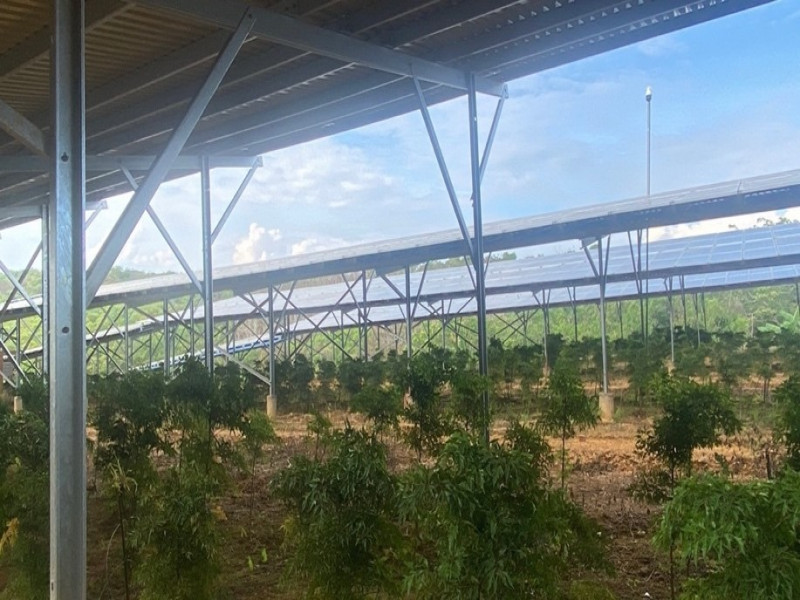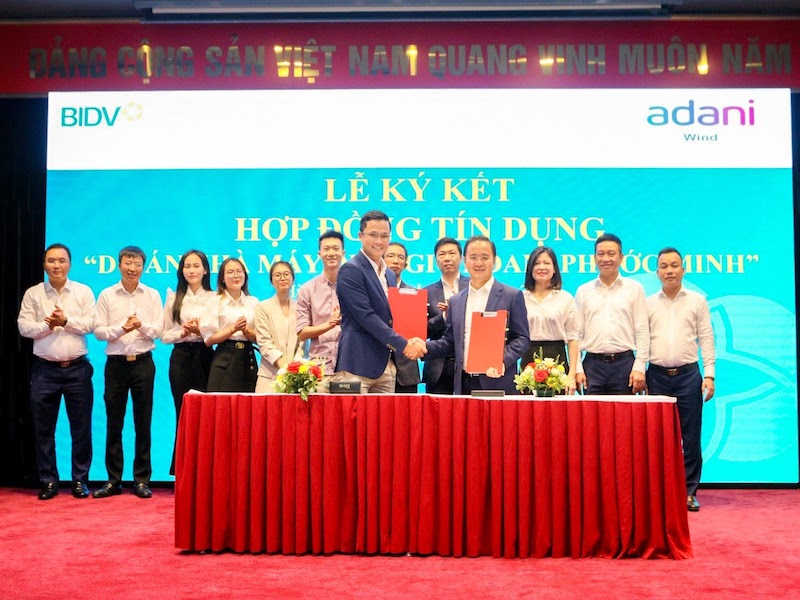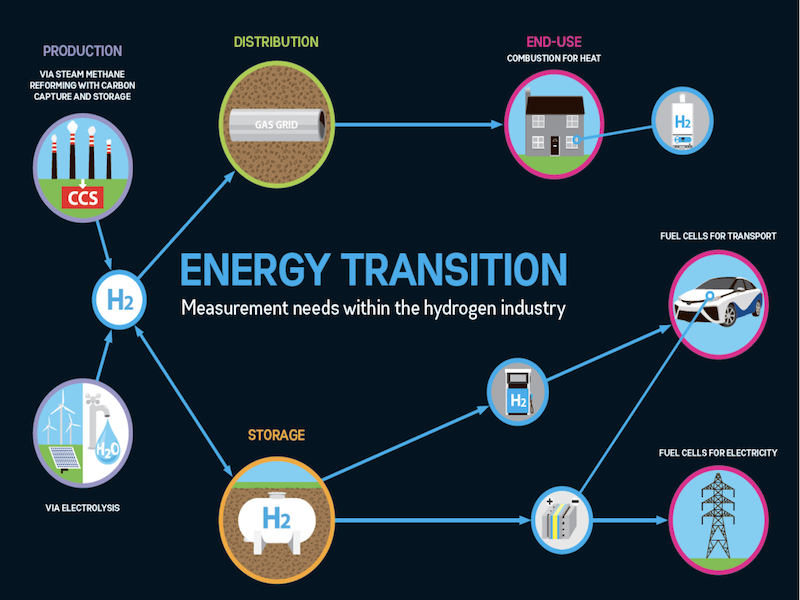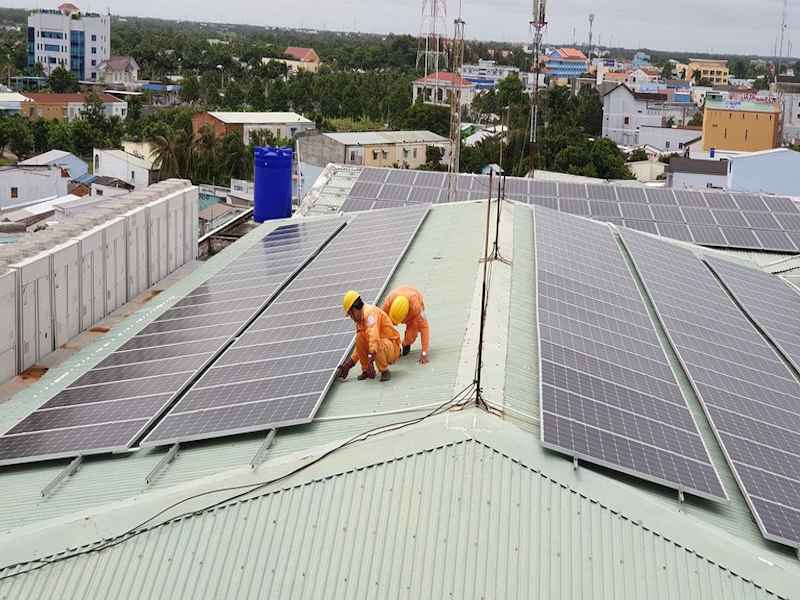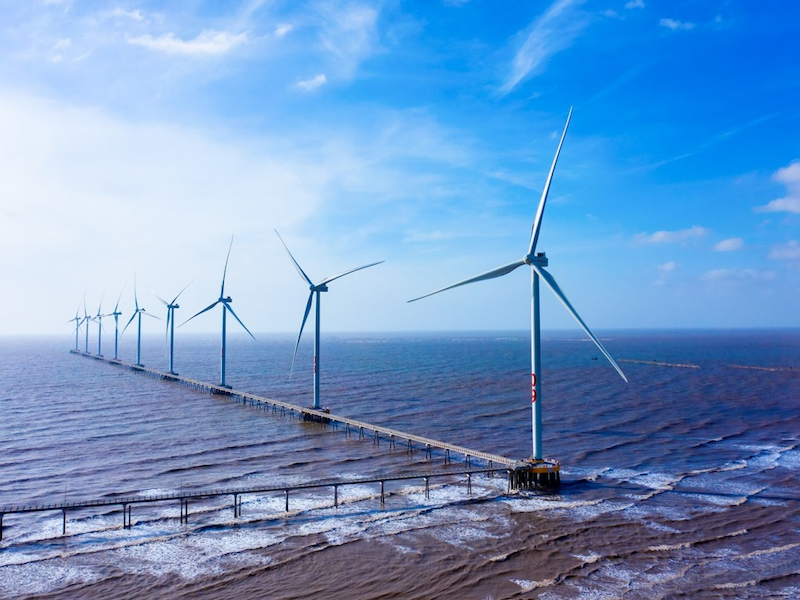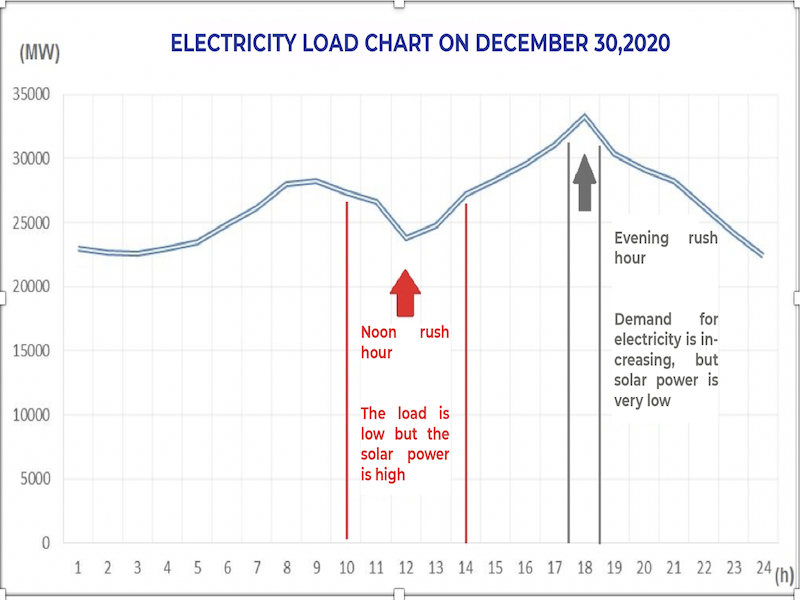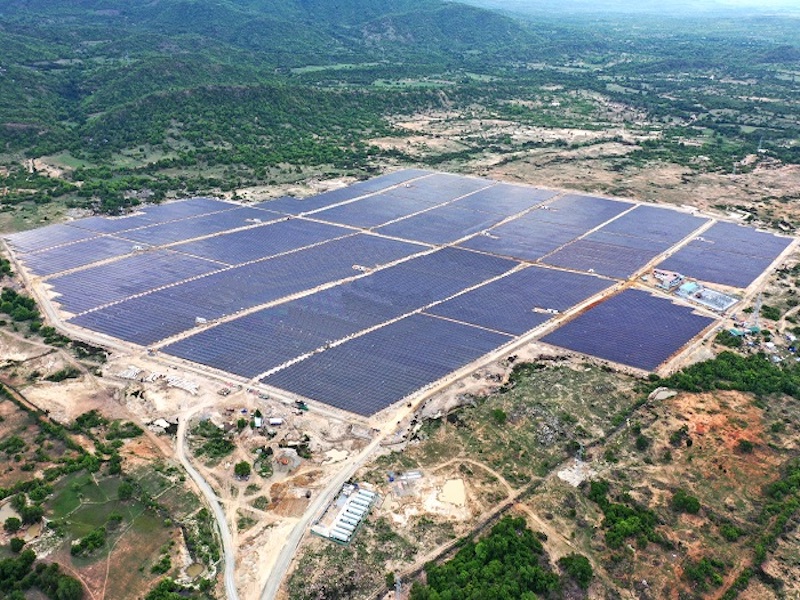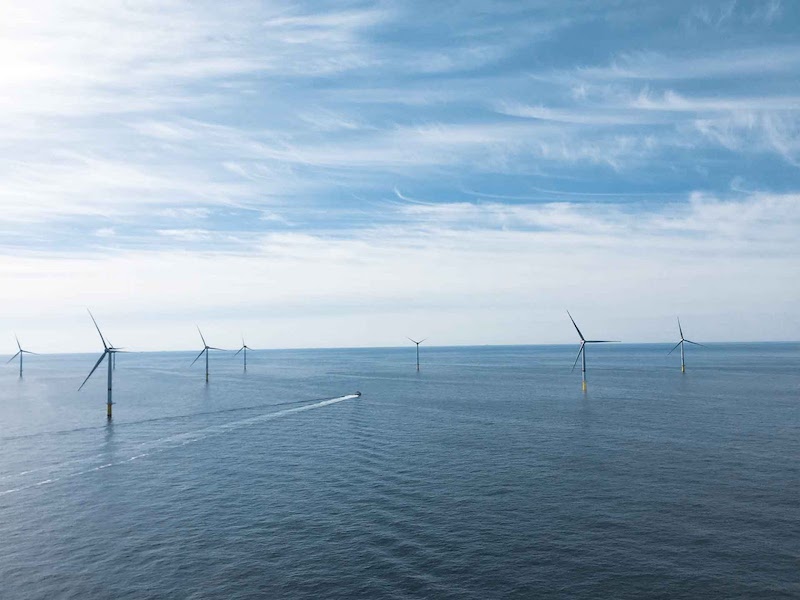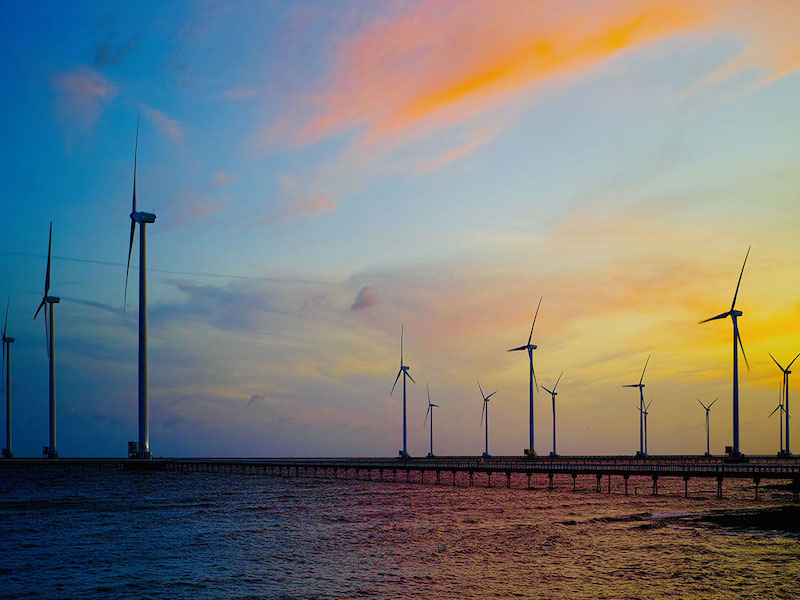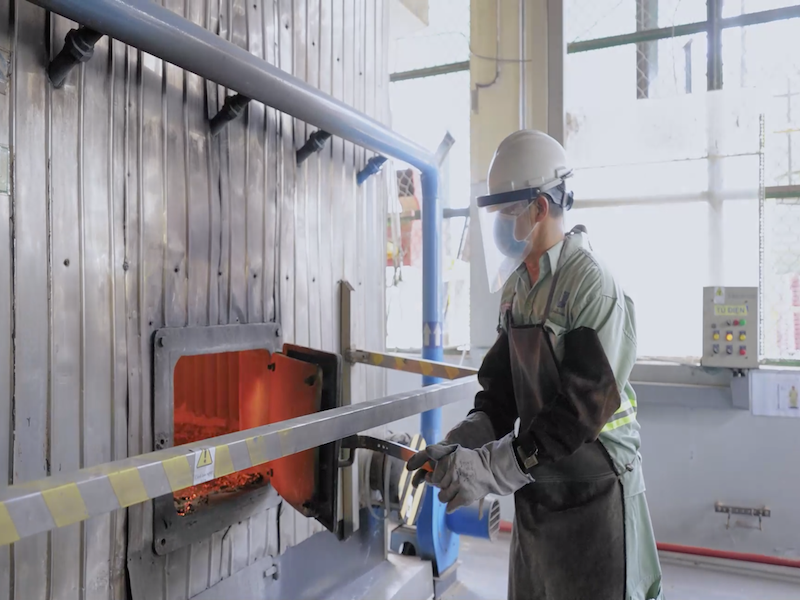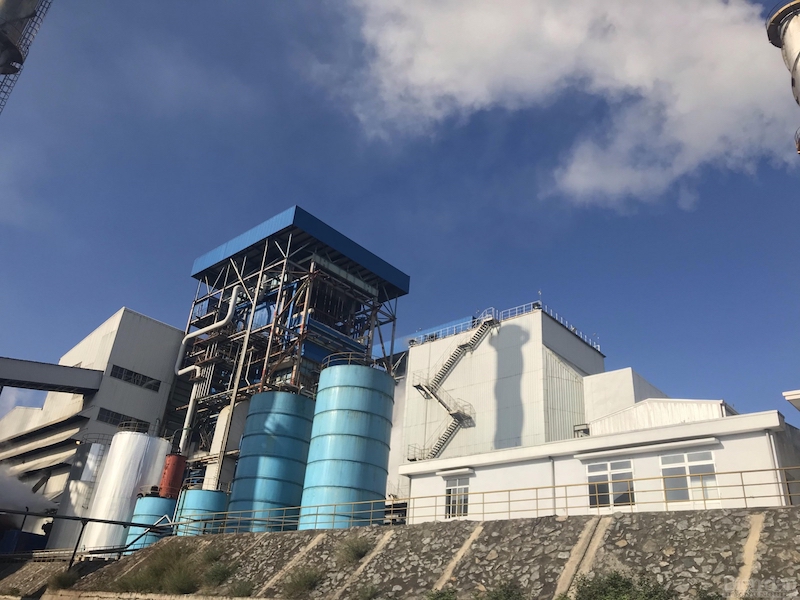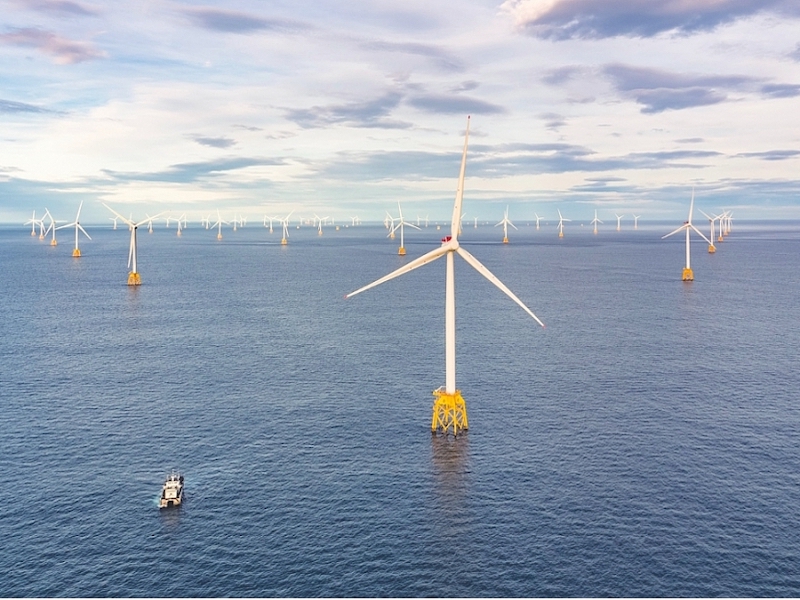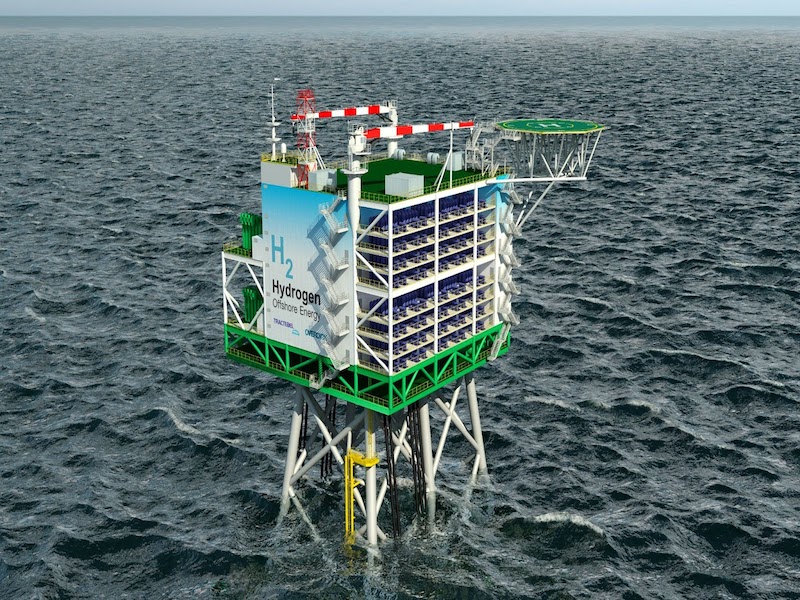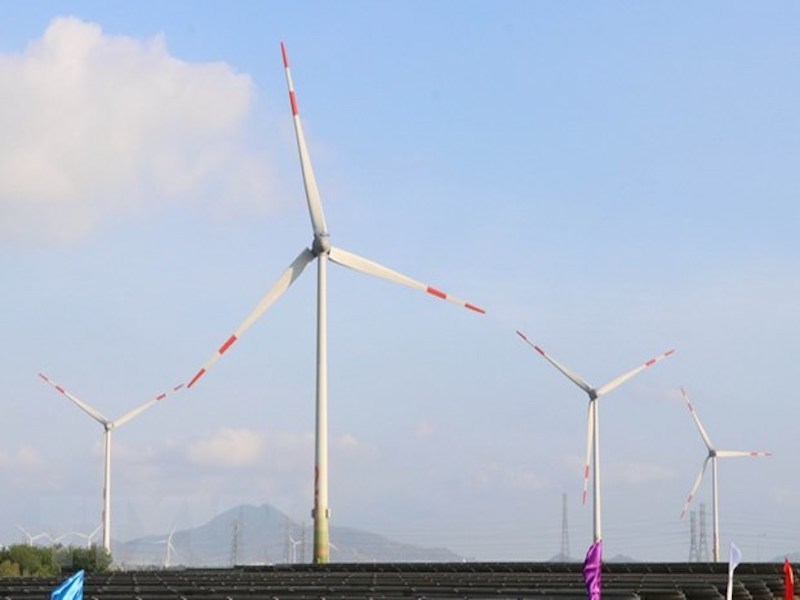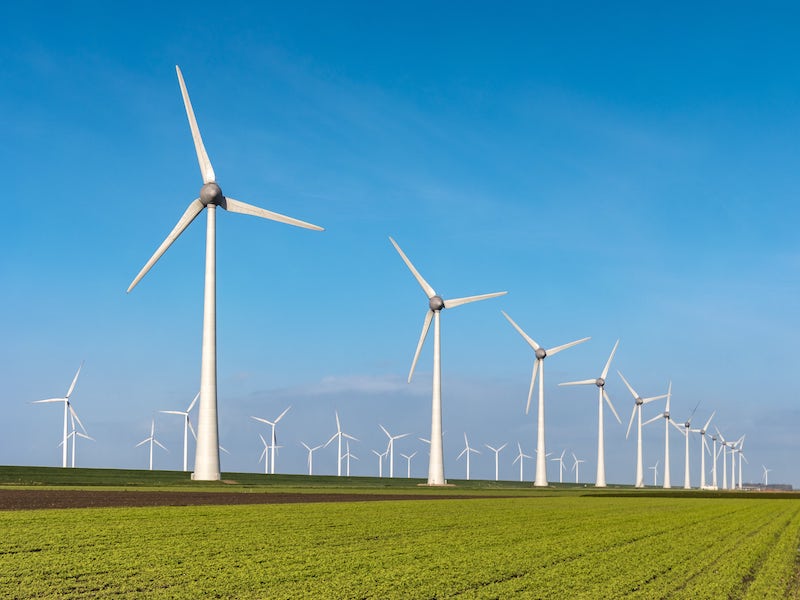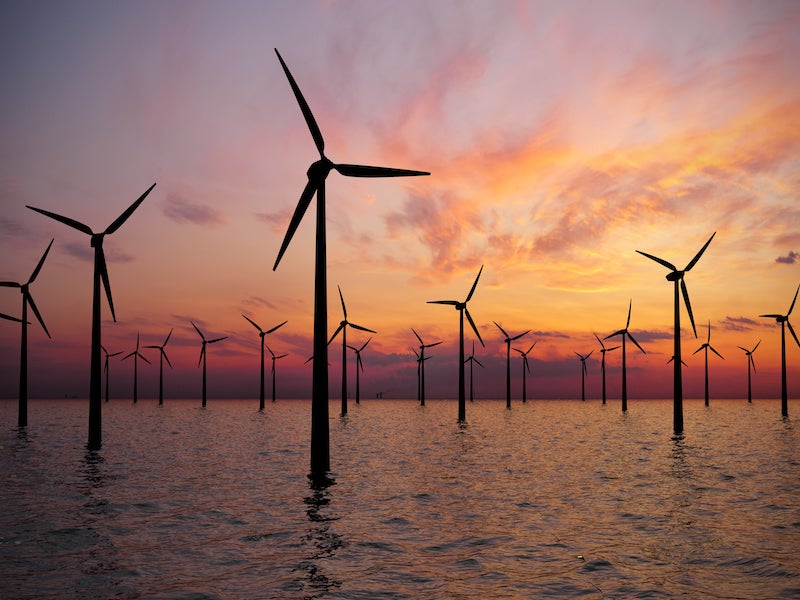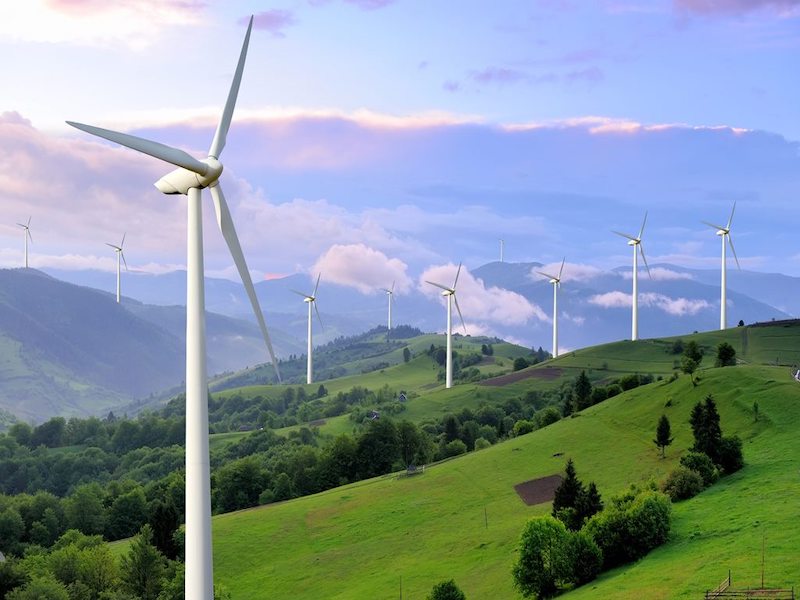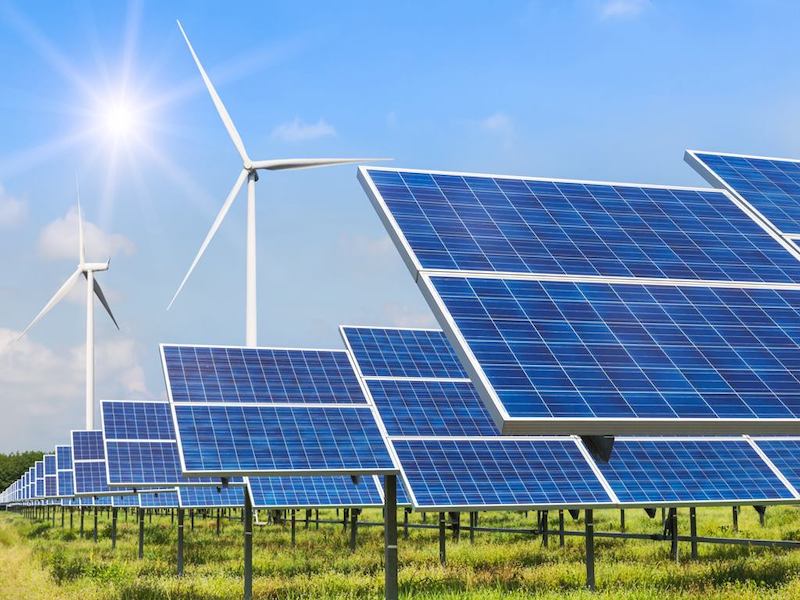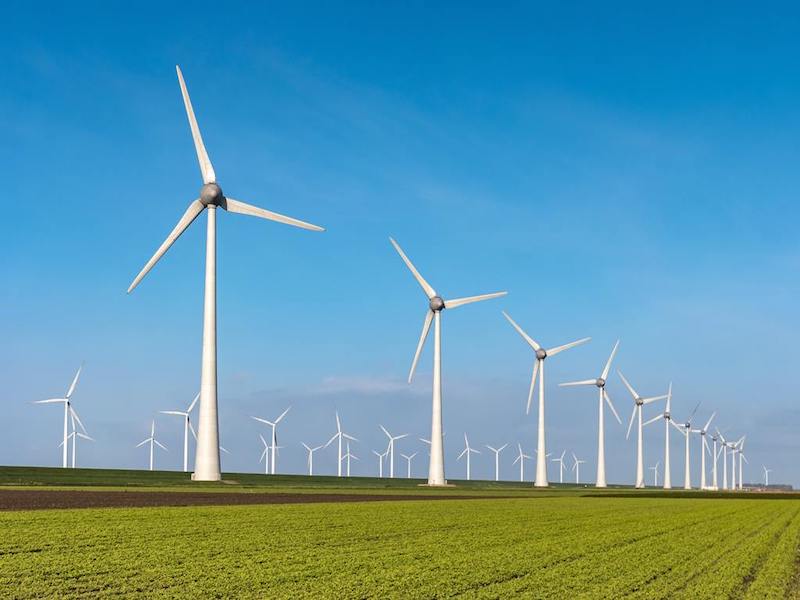Ninh Thuan nuclear power project has been stopped according to the decision in Resolution 31, 2016 of the National Assembly. In the monitoring report on the implementation of this resolution, the Economic Committee proposed that, at the next stage of energy development, after 2040, Vietnam should study and restart nuclear power development. In addition, with Vietnam's commitment at the recent COP 26 conference on the goal of being carbon neutral by 2050 and the commitment to the use of renewable energy, to ensure wind power and solar power are used efficiently. As a result, a stable background power source is required. In that context, nuclear power is an inevitable development trend.
The picture of nuclear power development in the world
In the period 2012 to 2018, the world connected to the grid 45 nuclear power units, equivalent to 44,275MW; At the same time, the construction of 40 more units has been started, expected to provide 42,597MW of electricity. Also during the same period, since the nuclear accident at the Fukushima Daiichi plant (Japan) on March 11, 2011, 32 units (about 21,171MW of electricity) stopped working. In which, the decommissioned nuclear power units are the ones that have expired, or are almost out of use, with small capacity (about 600MW), old generation.
According to a report by the International Atomic Energy Agency, by the end of 2019, there were 450 nuclear power units in operation worldwide, generating about 398.9 GW of electricity, an increase of 2.5GW compared to the end of the year. last year. At that time, nuclear power contributed about 10% of global electricity capacity, accounted for a third of electricity from low-carbon sources and was the second-lowest carbon source of energy, after solar energy. hydrogen. The most optimistic projections are that global electricity capacity will increase by about 25%, to 496GW by 2030 and exceed 715GW by mid-century.
The world's largest nuclear power plant is Japan's Kashiwazaki-Kariwa
Currently, more than 30 countries are using nuclear power, 28 other countries are considering and planning to include this energy in their power source structure. The United States is the leader in nuclear power with 98 reactors; followed by France (58), Japan (39) and Russia (36),... In 2018, France's nuclear power accounted for 71.7% of this country's electricity, Slovakia (55, 03%); Ukraine (52.96%),... The United States is also the world's largest nuclear power producer with about 807,078 GW.h, higher than the three following countries combined.
Bangladesh, Belarus, Turkey and the UAE are the four countries that are building their first nuclear power projects. In Southeast Asia, Russia is cooperating with Indonesia, Thailand, Laos, Cambodia and Myanmar in this field. In Africa and the Middle East, Egypt has issued a policy and signed an agreement to build the first nuclear power plants; while Saudi Arabia has also approved a nuclear power development program, which plans to operate the first unit in 2027. India and China are emerging nuclear states. Currently, these two billion-people countries are planning and implementing a total of 35 new reactors in the near future. Thus, it can be affirmed that nuclear power has appeared in all regions of the world, from developing countries to developed countries with the driving force behind coming from economic and environmental benefits. school.
The largest Palo Verde nuclear power plant in the United States with a capacity of 4010 MW
One solution, many benefits
Regarding the environment, many studies show that nuclear reactions release a huge amount of energy from only a very small amount of Uranium. Specifically, the energy released from 1 gram of Uranium is said to be equivalent to burning 1 ton of oil and the CO2 emissions per unit kWh calculated for an entire nuclear power production cycle are only 6 grams.
The number of CO2 emissions in wind power (including construction and installation) is 10 grams/kWh; solar power (including production and installation) is 50g/kWh; while this figure at the most modern gas-fired power plants is 400g/kWh; Coal-fired thermal power plants waste 800 grams of CO2 to produce 1kWh for existing plants, while for medium-equipped plants, the figure is up to 1,000 grams/kWh.
Carbon emissions from nuclear power are even smaller than wind and solar power, about 1.7 and 8.3 times respectively. Pictured is France's Gravelines nuclear power plant.
However, to achieve that emission level, the time it takes for a nuclear power plant project from the beginning of construction to generating electricity takes about 15-20 years and takes more initial investment costs. due to very strict requirements to ensure safe operation. In turn, the generation capacity from nuclear reactors is very large and has been maintained very stable for 7500 hours year-round for 5-6 decades.
Comparison of investment, service life, technology of different types of power generation technologies (source: Technical manual prepared by the Danish Department of Energy, Vietnam Atomic Energy Institute)
|
|
|
|
|
|
|
|
|
|
|
|
|
|
|
|
|
|
|
|
|
|
|
|
|
|
|
|
|
|
|
|
|
|
|
|
|
|
|
|
|
|
|
|
|
|
|
|
|
In addition, the input fuel for nuclear power production is cheap and the load factor is high. If calculated for the entire project life, the price of nuclear power is still competitive with imported coal-fired thermal power and liquefied petroleum gas thermal power.
Vietnam has enough conditions to develop nuclear power
In 2009, in Vietnam, the National Assembly passed Resolution No. 41 on investment policy of Ninh Thuan nuclear power project. The investment is estimated at 200 trillion dong (2008 price) for two plants with a total capacity of 4,000 MW powered by improved light water furnace technology. After that, the Government had an overall project implementation plan; signed agreements with Russian and Japanese partners and implemented 7 component projects. But in 2016, the project stopped implementation after being considered very carefully.
Perspective of a 2000MW nuclear power plant in Phuoc Dinh, Ninh Thuan
The increasing demand for electricity while the current energy sources are revealing many problems makes this the right time to put nuclear power into research and development. In fact, hydroelectricity has been utilized almost completely; coal-fired power plants are no longer able to develop due to environmental factors; Solar power and wind power are unstable, difficult to mobilize when the load is high, sometimes threatening the safety of the transmission system; gas-fired power sources depend on foreign supply.
In that context, nuclear power has just met the demand for a stable background power source such as thermal power and hydroelectricity; but also ensure low carbon emissions as renewable energy sources.
On the other hand, favorable natural conditions also allow Vietnam to be proactive when thinking about the supply of raw materials for nuclear power plants to operate. According to the geological agency's report, uranium ore in the country has about 200,000 tons of U3O8; The amount of uranium in seawater is potentially even more abundant.
Location planning for nuclear power project development in Ninh Thuan (Photo source: VnExpress)
Furthermore, the condition for nuclear power to develop in Vietnam today is also the inheritance of two geographical locations that have been studied and surveyed very carefully at Phuoc Dinh and Vinh Hai (in Ninh Thuan). In addition, the legal and scientific and technological conditions, after a long time of policy formulation and actual implementation, have formed very important initial foundations.
Although at the present time, no projects have been implemented, it is necessary to confirm that nuclear energy is still in the development strategy of the electricity industry. In the Draft of Power Planning 8, the restart of nuclear power projects was considered for the period after 2030 in order to contribute to energy security and environmental protection. This is evidence that the development of nuclear power is still an inevitable trend in Vietnam./.



